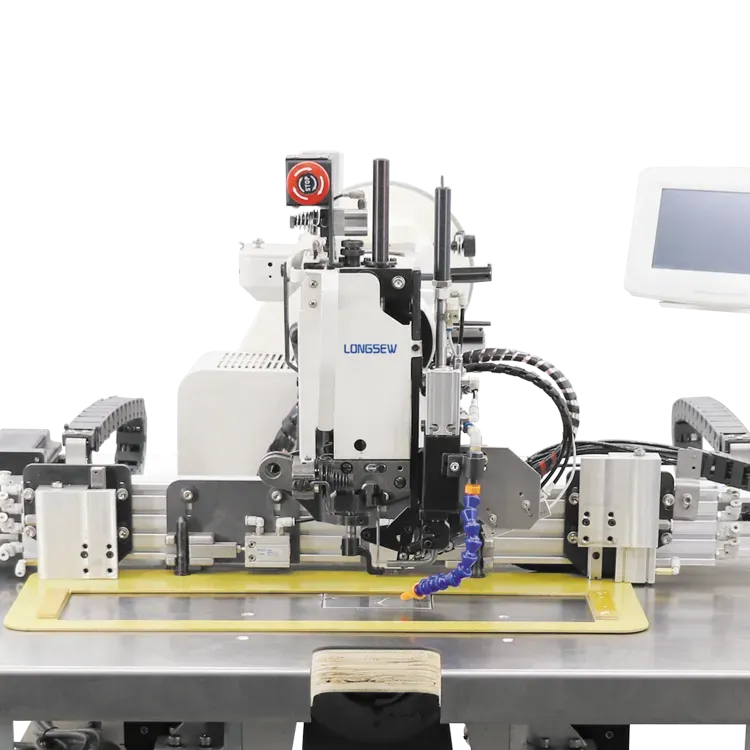how to use two needles in sewing machine
How to Use Two Needles in a Sewing Machine
Using two needles in a sewing machine can unlock a world of creative possibilities, enhancing both the functionality and aesthetic appeal of your sewing projects. This technique, often referred to as twin needle sewing, allows you to create two parallel rows of stitching, which can mimic the look of professional hemmed garments or add decorative effects to various fabrics. Here’s a guide on how to effectively use two needles in your sewing machine.
Equipment Needed
Before you begin, ensure you have the right materials. You will need a twin needle, which can usually be found in sizes that accommodate different thread types and fabrics. It’s important to choose a needle type that matches your project; for instance, a ballpoint needle is ideal for knits, while a universal needle works well for woven fabrics. Additionally, you will need two spools of thread and a bobbin.
Setting Up Your Sewing Machine
1. Remove the Regular Needle Begin by turning off your sewing machine for safety. Remove the standard needle and replace it with the twin needle. Be sure to insert the needle with the flat side facing the back of the machine, just as you would with a regular needle.
2. Threading the Machine Thread each needle separately. To do this, you will need to modify the threading path slightly. Start with the first needle as usual, then before threading the second needle, attach an additional spool holder to your machine. This can usually be done by placing it on the top of the machine or at the side, depending on the model.
how to use two needles in sewing machine

3. Use a Second Thread Path From the new spool, run the thread through the tension discs and around the guide. Then, thread it through the second needle. Make sure that both threads are seated correctly in their respective needles to avoid any tangling during sewing.
Adjusting Stitch Settings
Once your machine is set up, select a zigzag or straight stitch, ensuring you adjust the stitch width appropriately. A wider stitch will create a more pronounced effect with the twin needle. Test your settings on a scrap fabric piece to ensure the stitching looks as intended.
Sewing Techniques
When you begin sewing, go slow to maintain even tension on both threads. The twin needle creates two parallel stitching lines on the right side of the fabric, while on the reverse side, you will see a more intricate interlocking of threads. This configuration is perfect for hems, embellishments, or decorative edges.
Conclusion
Incorporating a twin needle into your sewing repertoire can significantly enhance your projects. With some practice, you can achieve beautiful results that lend a professional touch to your handmade items. Experiment with different thread colors and types to truly make your creations stand out. Happy sewing!
-
Boost Production Efficiency with a Pattern Sewing MachineNewsAug.29,2025
-
Industrial Excellence with the Best Heavy Duty Sewing MachineNewsAug.29,2025
-
Precision and Power with the Best Pattern Sewing MachineNewsAug.29,2025
-
Reliable Bulk Packaging Starts With the Right FIBC Sewing MachineNewsAug.29,2025
-
Advanced Packaging Solutions: Elevate Productivity with Jumbo Bag Sewing Machine and Industrial Stitching EquipmentNewsAug.29,2025
-
High-Performance Solutions for Bulk Packaging: FIBC Sewing Machine and MoreNewsAug.29,2025
-
Maximize Efficiency with an Industrial Cylinder Arm Sewing MachineNewsAug.28,2025


























